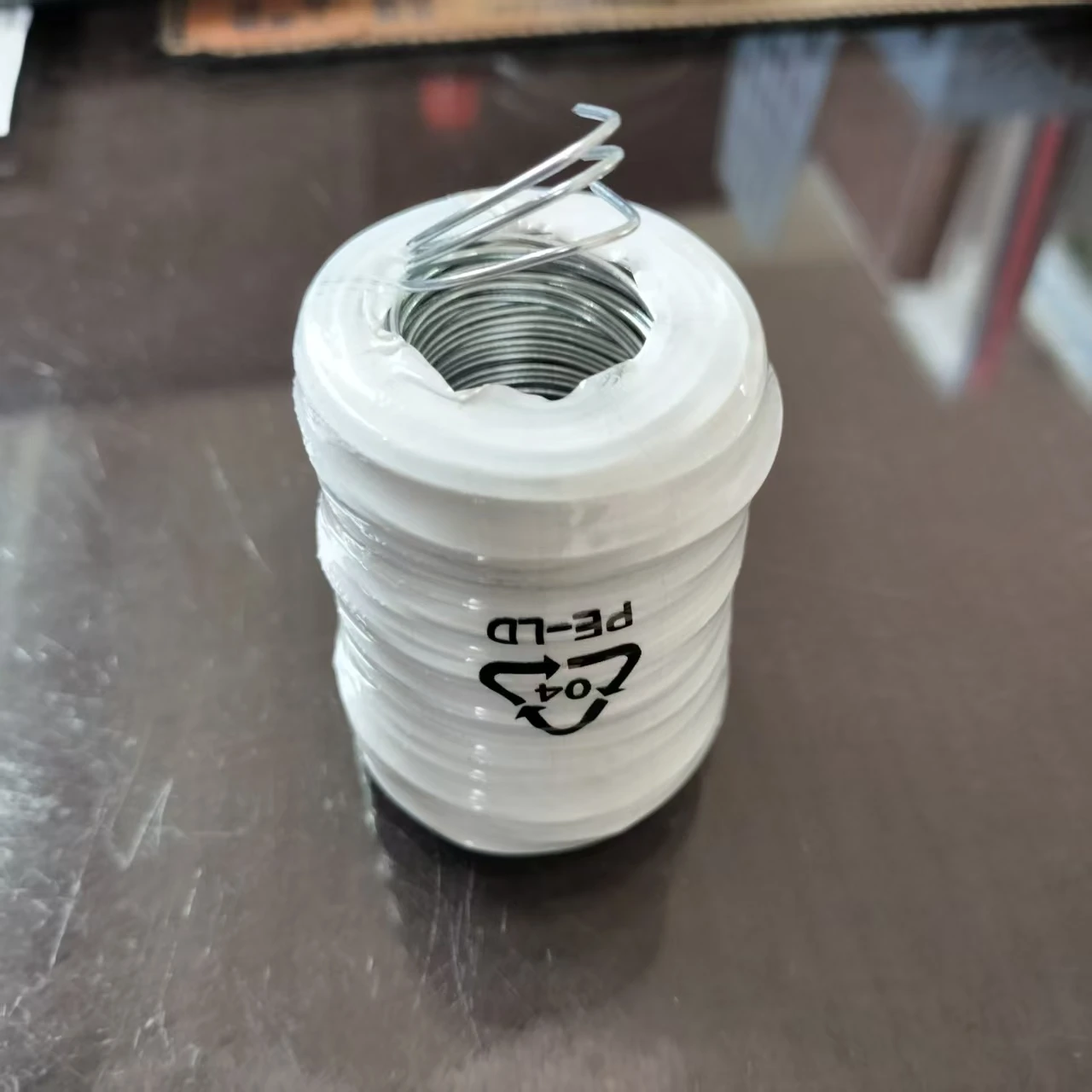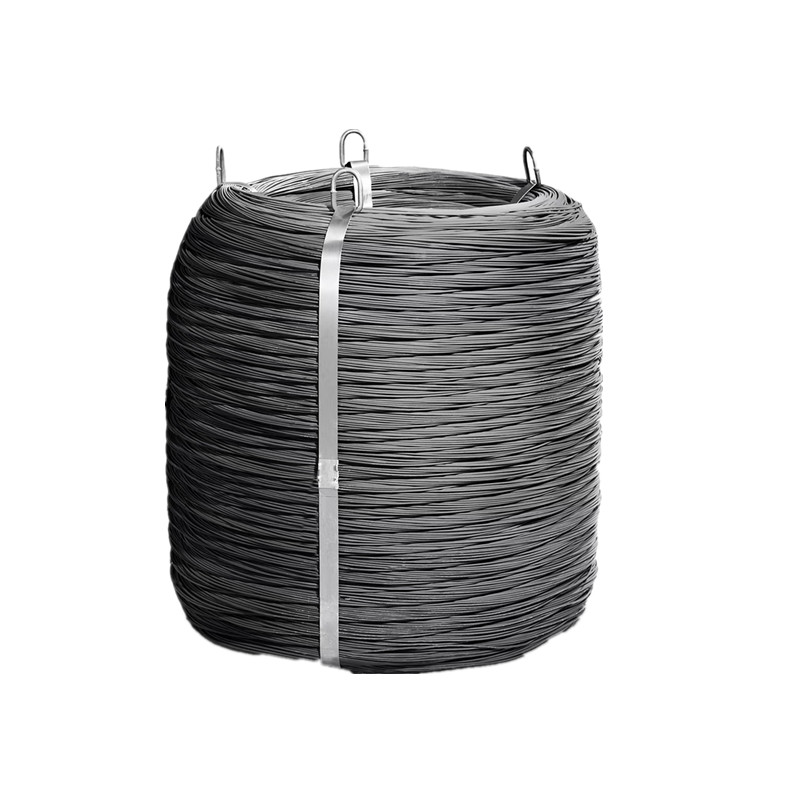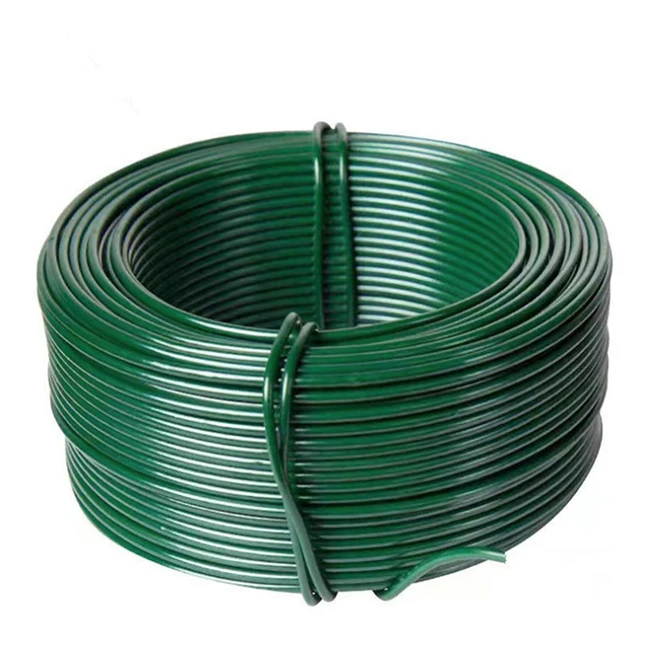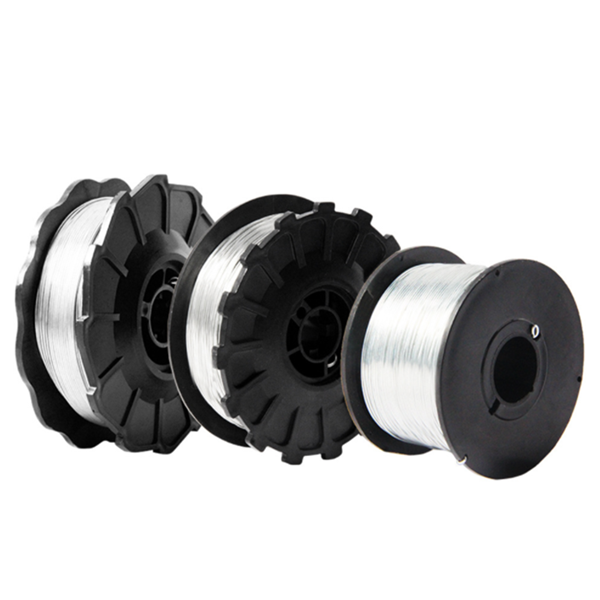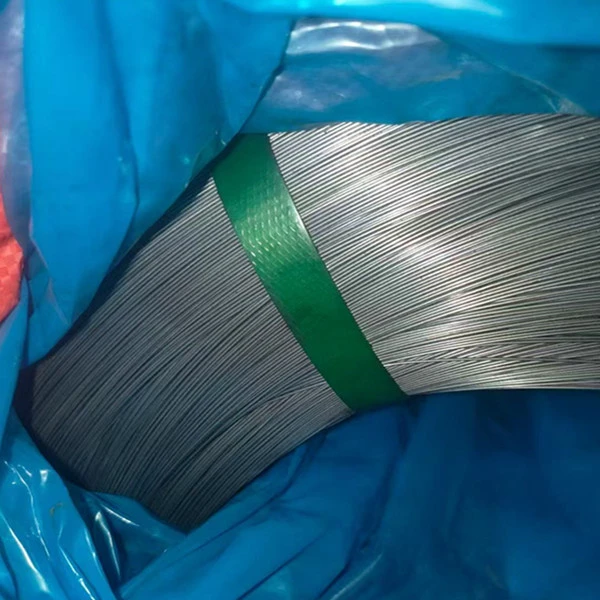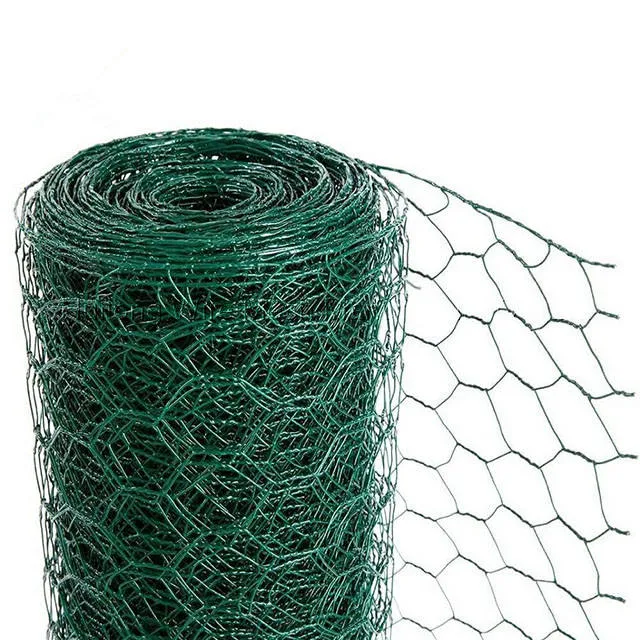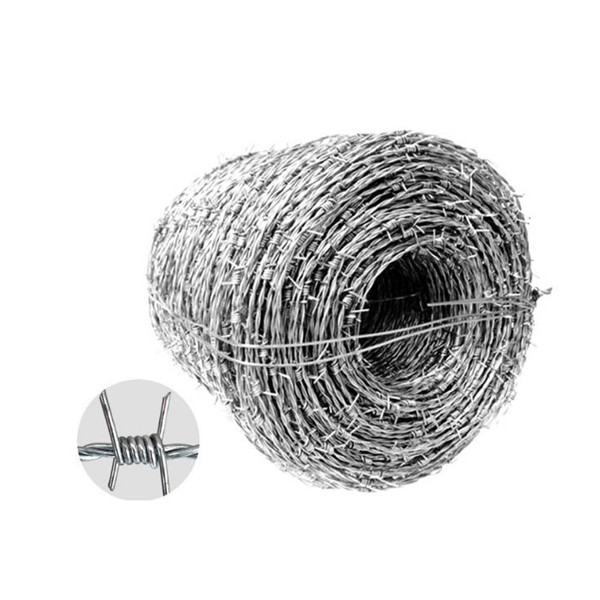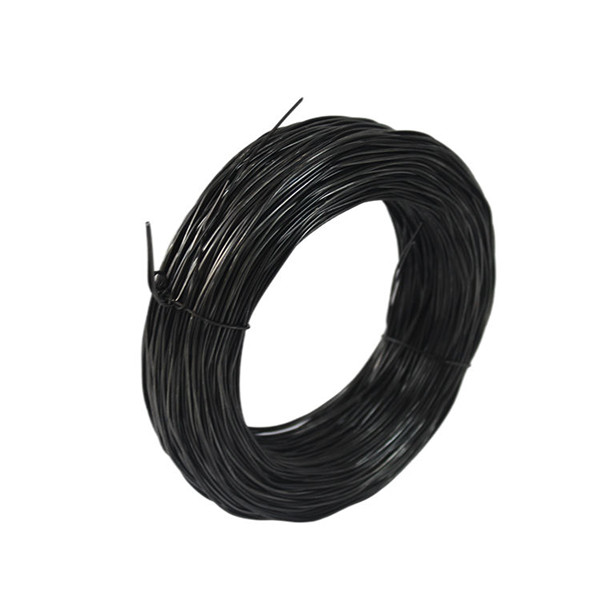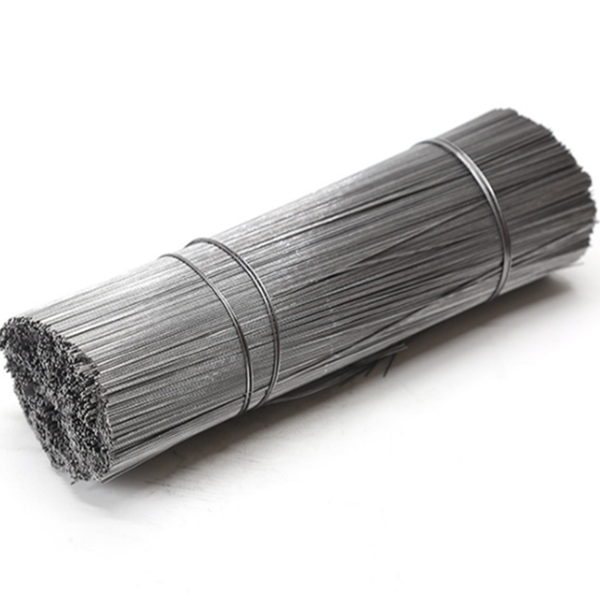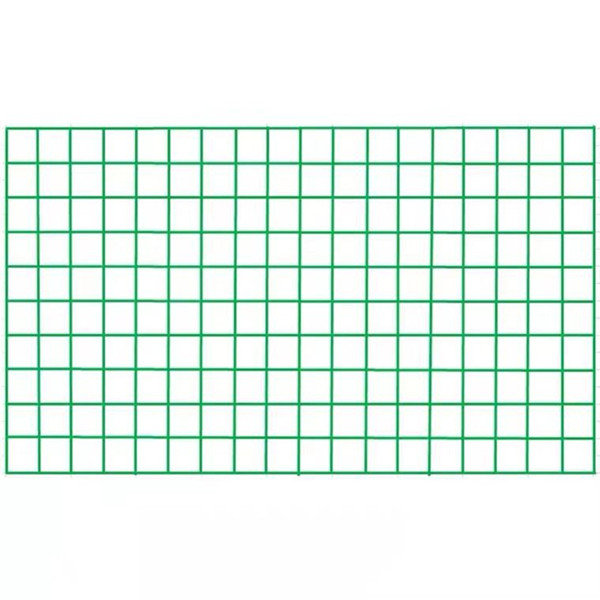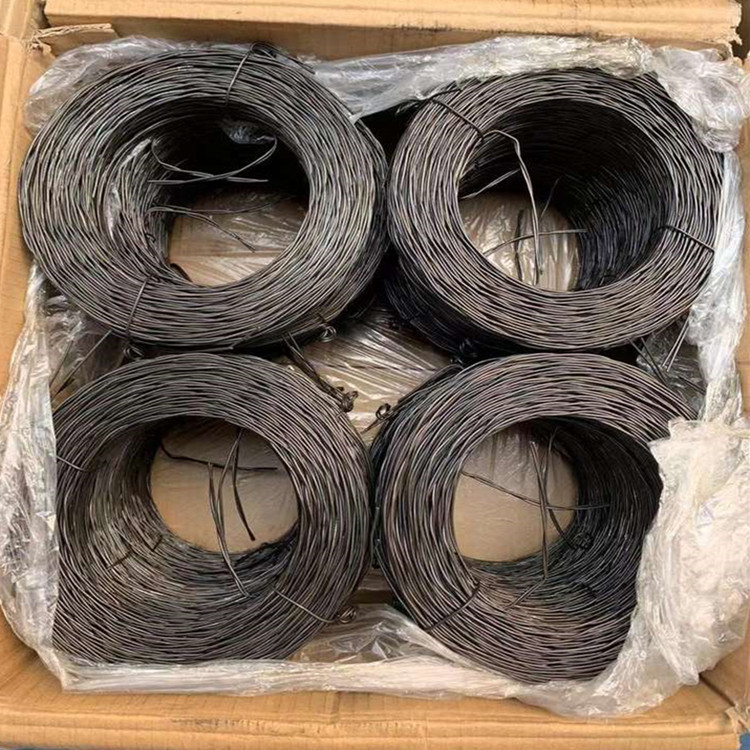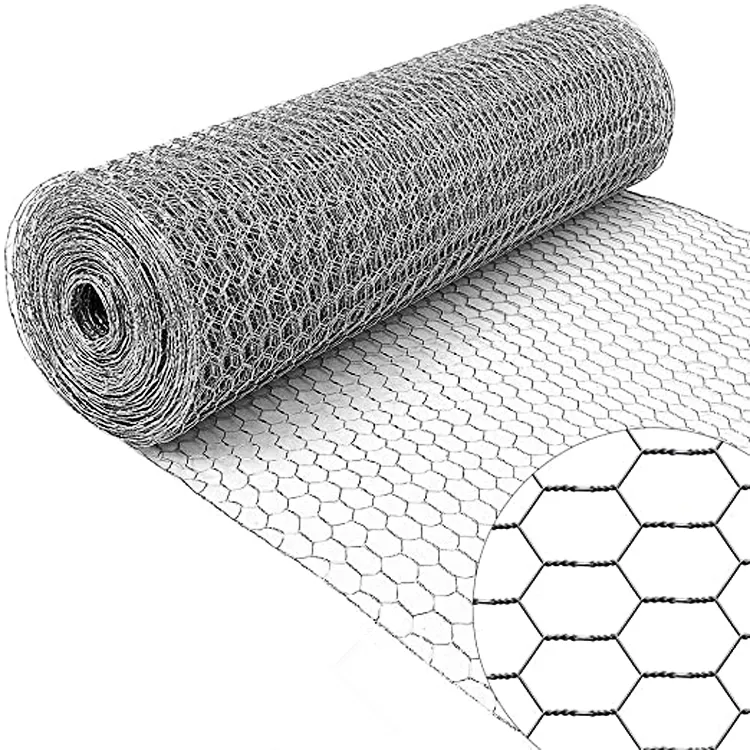Why Thick Barbed Wire Remains Essential in Industrial Security
After spending over a decade in industrial equipment—yes, often covered in dust and tangled wire—I've come to truly appreciate how thick barbed wire holds a special place in robust perimeter security. It's funny how sometimes the simplest solutions endure longer than the flashy tech gadgets everyone’s obsessed with these days. When you stand next to a fence topped with thick barbed wire, you’re not just looking at a physical barrier; you’re looking at decades of practical problem-solving tightly wound into sharp steel.
Thick barbed wire is not just about beefing up security; it speaks to reliability in harsh environments. The kind that industrial sites—from mining operations in the desert to rust-belt factories—deal with daily. We’re talking about resistance to weather, corrosion, and even casual vandalism, which frankly is a more common threat than you might think.
Key Specifications of Thick Barbed Wire You Should Know
Let me give you a quick breakdown of what makes thick barbed wire stand out. Over the years, engineers here have emphasized the gauge of the wire, the barb design, and especially the coating. A galvanized finish or even PVC coating ensures the wire stays sharp and rust-free—a must for longevity.
| Specification | Details |
|---|---|
| Wire Diameter | 2.7mm - 4.2mm (thick gauge options) |
| Barb Length | 15mm to 40mm, sharp-pointed |
| Material | High-tensile steel |
| Coating | Hot-dip galvanized or PVC-coated |
| Spool Length | 500m – 1000m standard |
Honestly, when I first compared 2.7mm gauge to 4.2mm, I was skeptical about the difference in strength. But then, in the field, the thicker gauge wire held up far better around high-stress points like gate entrances or turns. Every inch counts when you’re protecting millions of dollars in equipment.
Comparing Vendors: What to Look For When Choosing Thick Barbed Wire
Picking the right vendor can be as tricky as the wire itself. Companies offer similar specs on paper, but practical things—delivery reliability, customization options, after-sales service—make all the difference. Below is a rough comparison of some of the common players in this field. All names anonymized, but these profiles reflect what I’ve encountered.
| Vendor | Customization | Lead Time | Quality Consistency | Price Range |
|---|---|---|---|---|
| Vendor A | Standard gauges & coatings | 2-4 weeks | High | Mid-range |
| Vendor B | Custom barb lengths & colors | 4-6 weeks | Medium | Premium |
| Vendor C | Limited options, bulk orders only | 1-2 weeks | Variable | Budget |
I’ve seen users opt for Vendor B because the customization mattered; a rural fence might need longer barbs to discourage wildlife, or a site in a snowy region might want colored coatings to blend in aesthetically. The tradeoff? Longer waits and deeper pockets. But frankly, the peace of mind is worth it if you ask me.
Practical Use: A Small Industrial Site Case
Once, a steel fabrication yard I worked with had recurring issues with fence tampering. The managers insisted on upgrading to thick barbed wire around their perimeter. The switch resulted in near-zero breaches after a few months. The thicker gauge paired with galvanized coating handled exposure to acid rain remarkably well—an environment no one wants to test metal in without decent protection.
They also appreciated how the supplier offered value-added advice, like how to properly tension the wire. It’s not just about choosing thicker wire but installing it correctly. That’s a lesson I learned the hard way on my first fence job—too loose and the barbs just sag, rendering them useless.
To sum up, thick barbed wire isn’t flashy, but it’s the kind of solid, no-nonsense defense that keeps industrial sites humming safely. Whether it’s the gauge, coating, or the installation nuances, it’s a layered story of proven engineering.
Thoughtful selection and a good vendor partnership—that’s the real story behind a secure fence.
References & Thoughts
- Longtime field observations on wire durability in harsh industrial environments.
- Conversations with engineers on site about fence customization needs.
- Practical supplier feedback on coating technologies and production lead times.





